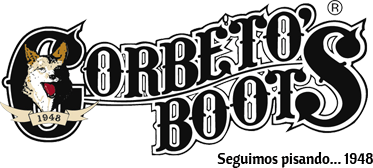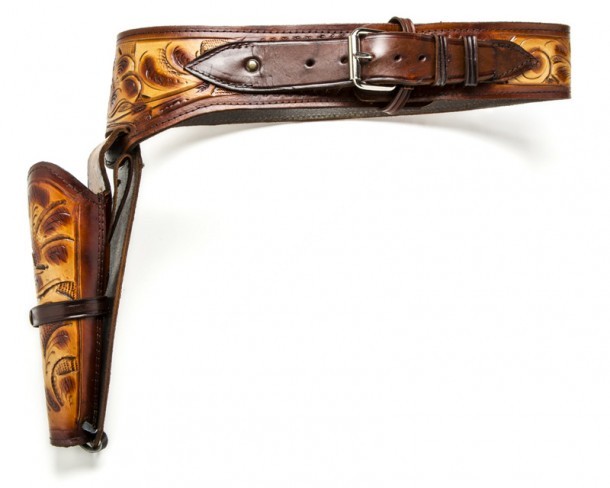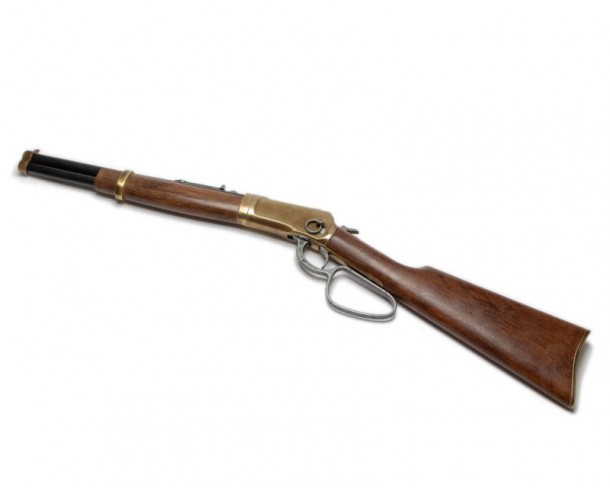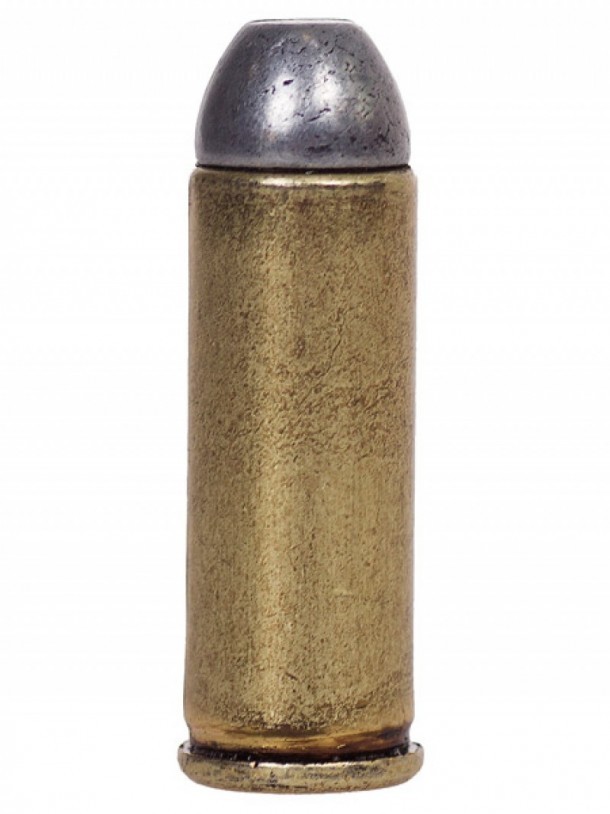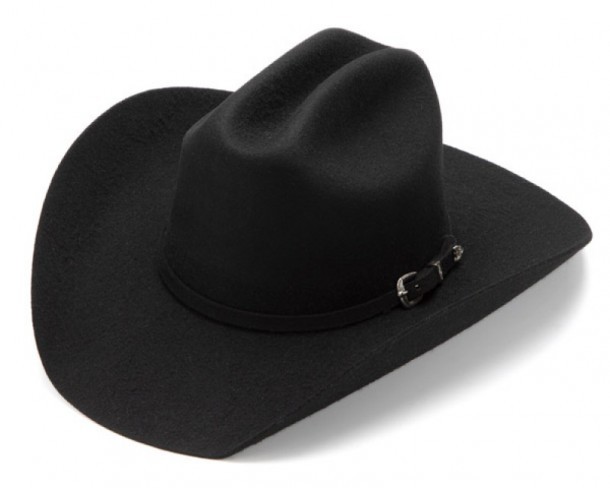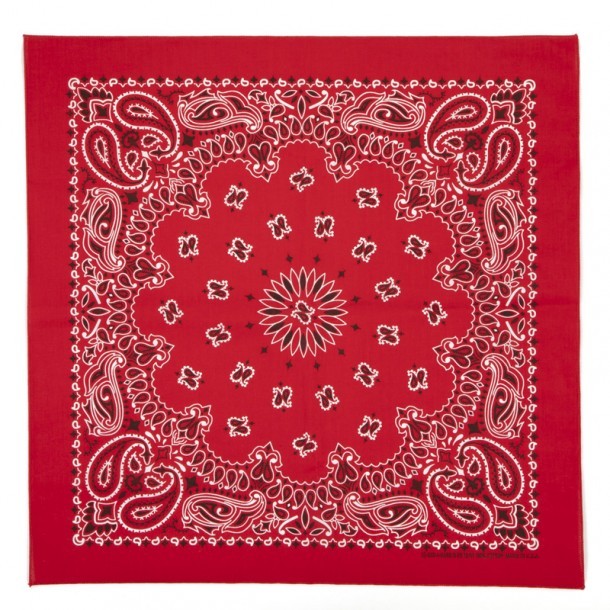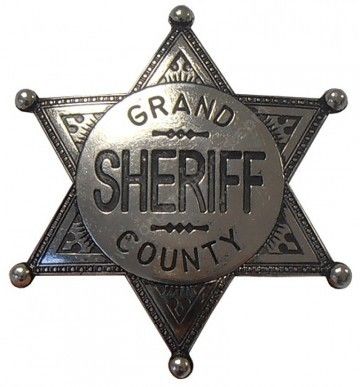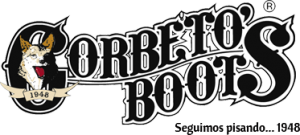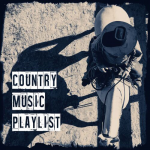If you already started your holidays or you’re counting down the days until that, the means you’ll enjoy some of your free time doing your preferred activities or hobbies. And if western cinema makes part of it, sure you will have some time to rewatch or discover a new western film.
The origins of western movies : today at Corbeto’s we will talk about how the film industry redid the narrative of the Western conquer and the ‘civilization of virgin lands’, creating the myth of a lawless in which the good deeds and nice people always won. Did you wonder how this movie genre started and how became so influential and canonical in the United States and worldwide? Next you’ll give some hints.
Almost all western movie plots take place in many USA West states from the beginning of American Civil War in 1860 until the end of Indian Wars at the end of 1890 decade. Some of these movies openly speak about the drama of civil war at the east of Mississippi river, and another classic plot location is around the cross-border towns between Texas, California and Mexico.
For almost a whole century, western movies had easily fascinated both young and elder people to the point of creating the spark that ignite for example country music, inspired by the old ranch tunes that exalted infinite green fields & valleys, duels under the sun and all kind of human stories. But let’s start with a flashback, like being in a real movie.
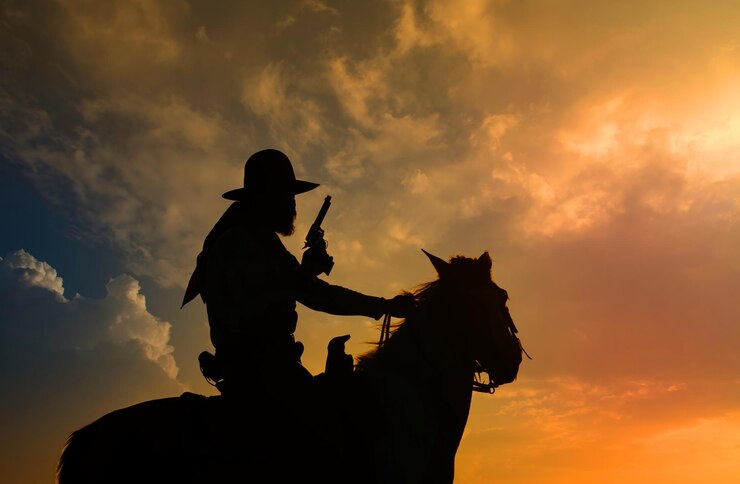
It all began with a big robbery…
Back in 1879, the journalist A. H. Wood wrote ‘The Great Express Robbery’, a theatre play based in a real event that happened at the Texas-Pacific line, when the Sam Bass band assaulted a express train a couple years ago. The premiere was not a successful one, but one of the attendees pay some attention to it. His name was Thomas Alva Edison, the great inventor, among others, of the first cinematographic camera and the first device ideated to reproduce images in movement : the kinetoscope.
Edison got so influenced by this theatre play that 20 years later he tasked the adaptation of one of his writings into a movie. Finally, in 1903, the first ever western film, ‘The Great Train Robbery’, directed by Edwin S. Potter, was projected for the first time at the Nickel Odeon theater in Manhattan (New York).
The movie length is about 10 minutes and shows 14 different scenes located around New Jersey, Edison’s own studios in New York and all along the railtracks at Lackawanna. This time the show had a complete success, as the viewers were delighted to see firefights, ambushes and assaults to diligences and trains.
Also the vast majority of western movies express our deepest feelings in their characters: the desire for criminal justice and the ‘eye for an eye’ belief, fellowship & friendship, the true meaning of honour, retaliation & revenge, greediness, the struggle to death… Probably it’s a good argument about why the western genre is still keeping alive.
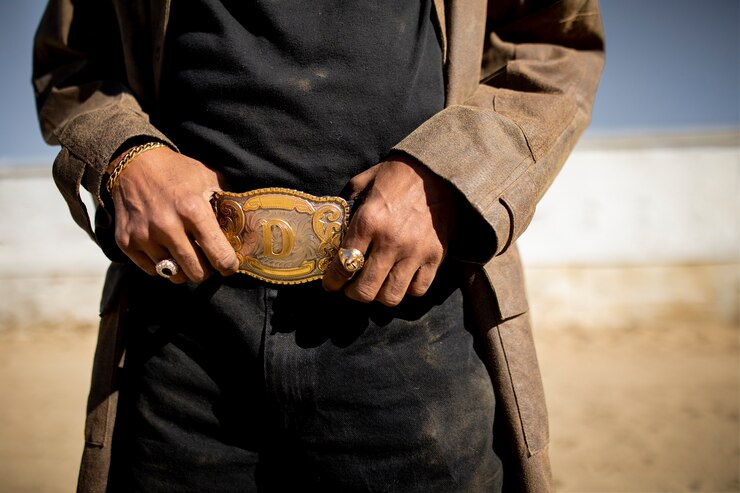
How we see a cowboy: an archetype
In the countryside, being able to see just the horizon in all sides, with an infinite sky-blue dome and a glistening sun that force you to close your eyes. Nonetheless, he seems undisturbed: wearing a dusty yet well-made hat, a bandanna laced on the neck, a pair of worn-out boots and his best friends; the gun to a side shaking up while keeping an upright attitude over his horse. He’s the cowboy par excellence, the main character in all possible scenarios that you may imagine in the Far West.
We could speak also about desertic landscapes, remote ranches, typical towns in the middle of nowhere with the classic noisy saloon and their card games, music and fun. Or the general store, the sheriff’s jail, a bank that probably will be robbed and many brawls, duels and shootings in where another figure will be a main character: the undertaker.
Western films are specialized in creating an unstable society model in which honor prevails over law enforcement, with the sometimes antagonistic but always archetypic roles of cowboys and bandits. Since the release of ‘The Great Train Robbery’ in 1903, when silent cinema was the only choice, the number of western films shoot was exponentially increasing and evolving, in the same way cinema did.
The foundations of western genre were more solid and reached their prime with the innovation of sound, when other genres like musicals or comedies could be created as well.
In the golden era of western movies we may highlight some legendary films such as the Red River (1948), Rio Bravo (1959) and El Dorado (1966) trilogy, or other western classics like ‘They Died with Their Boots On’ by Raoul Walsh; ‘My Darling Clementine’ by John Ford; ‘Duel at the Sun’ by David O. Selznick or King Vidor’s ‘The Searchers’.
One of the actors who suited better with the ‘cowboy alpha heroe’ role, to the point where his performances mirrored his personal life and made him a myth even before his death. With ‘The Quiet Man’, a masterpiece directed by John Ford in 1952, the western genre reached its peak and even nowadays most of actual western productions are still taking as an example these movies.
We cannot name them all without flooding the article with hundreds of titles, so they would need at least a second part to talk about this subject in depth. But we anyway strongly suggest you to find out and see of the movies we recommended today, as they’re a solid base where to start discovering the western culture from films.
Now you know a little more about the origin of western movies: probably the most representative North American cinema genre that also generate a huge influence on country music, literature or even in fashion, from which Corbeto’s has the best selection of western products.



